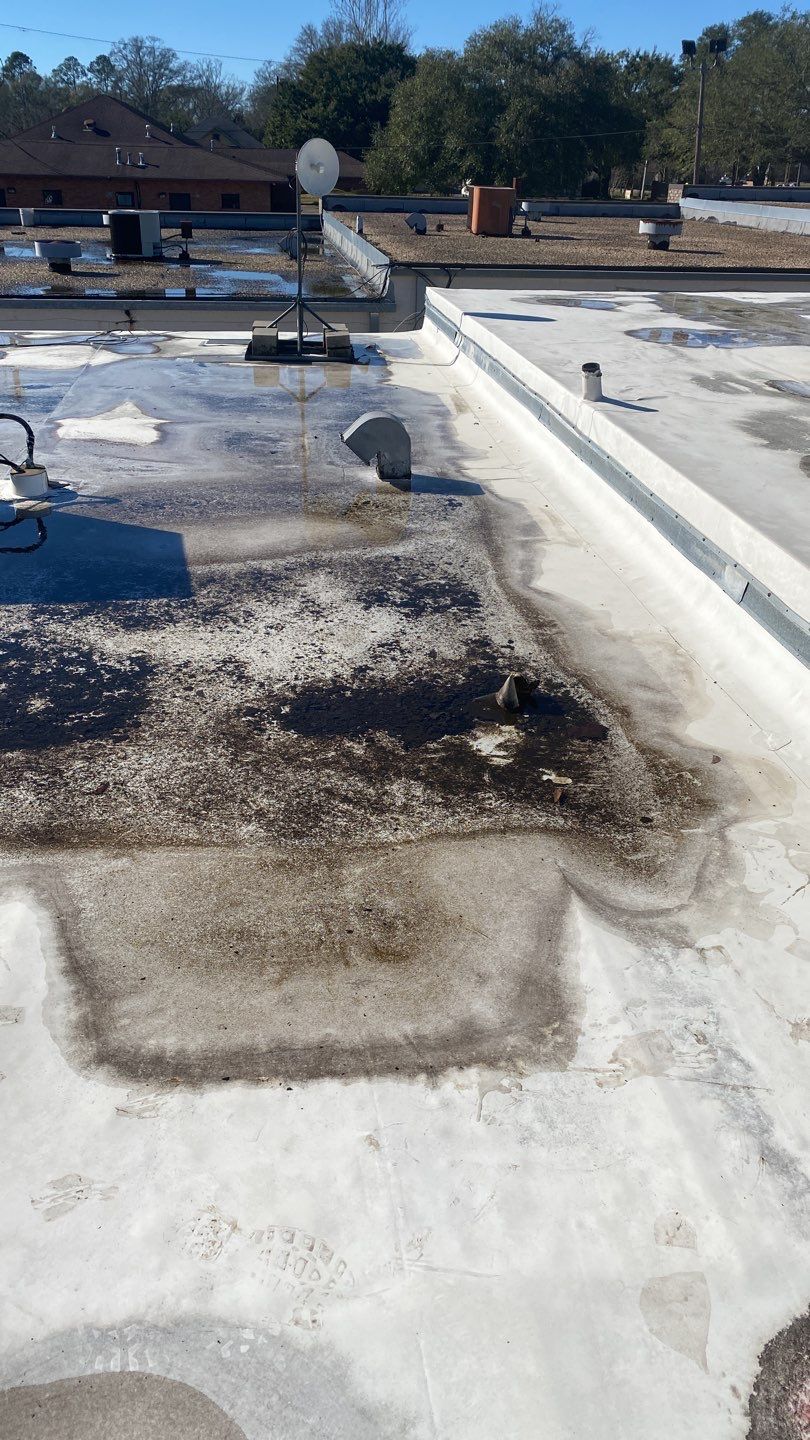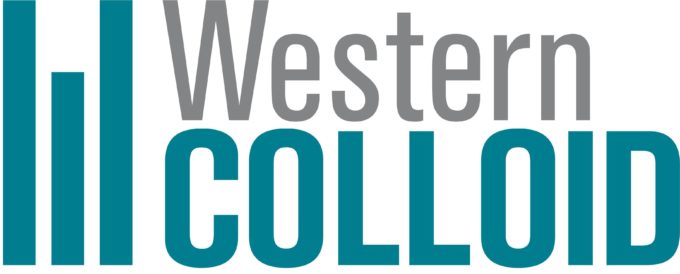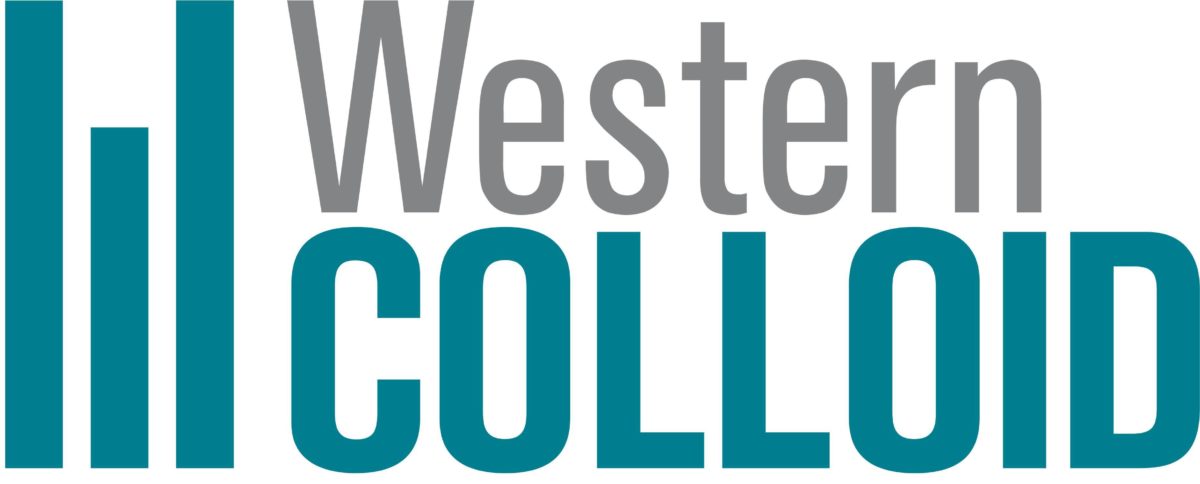
When Is a Puddle Not a Puddle? When It’s on Your Roof. Then It’s a Problem!
Why ANY standing or ponding water matters
Detecting ponding water is the number one reason to inspect your roof in any season. It may be easy to ignore standing water on your roof. Assumptions could lead any commercial building owner to believe that water could be from a recent storm however, if that water shows no signs of evaporation, that should raise a red flag. It doesn’t have to be storm season to have a ponding water problem. Air Conditioning units and other roof equipment can cause condensation that pools on a roof. Ponding water, water that remains on a roof for 48 hours or longer, can lead to potential roof damage which can be quite expensive. Ponding water is such an issue that dead level flat roofs are no longer allowed in most structural building codes. Most modern buildings have minimum pitch and sloping requirements.
Ponding Water Damages
Ponding water can lead to either minor or major damages. For example, if ponding water is found, a structural shift to a building can take place. This often leads to roofing membrane damage and even a potential collapse of the roof. Another common issue is when the water stands for a long period of time algae, mold and even plants can grow which causes damage to the roof surface and the growing vegetation can even clog drains causing more ponding water. Additionally, a concern is the build-up of dirt and contaminants in the standing water. All these scenarios lead to the degradation of the roof membrane. Allowing even the smallest amount of water between the roof membrane starts another serious chain of events besides a leak. It effects insulating qualities and could start rotting the deck and surfaces underneath.
Detecting Ponding Water Areas
Whether or not you can see standing water on the roof upon inspection it is fairly easy to spot areas with discoloration or a collection area of dirt and debris. If you see any algae you can be certain that you have an area with excessive moisture. Look in those areas for bubbling, peeling, cracking or oxidation of the roof surface. Inspect all areas for exposed membrane. Don’t forget to inspect drains and waterways for signs that water has been sitting
Preventing Ponding Water Damage
The first step to avoiding ponding water damage is to prevent it from becoming a chronic problem. Maintenance staff should conduct regular roof inspections. In addition, address ponding water problems quickly once found. Here are a few best practices to manage ponding water:
- Re-pitch the roof. If ponding occurs because of improper sloping or sagging, hire a contractor to re-pitch the roof. This option can be expensive and costly, so before you make that decision, consider other simpler fixes.
- Check drains for blockages and clogs. This is the simplest and fastest fix. If your roof drains properly, leaves or other debris could be the culprit. Check them regularly to prevent water from backing up during rain events.
- Install additional drains and crickets. Add more drainage if the ponding is caused by an aging, sagging roof. While this step is more involved than cleaning the existing drains, it’s stiller faster and cheaper than re-pitching your entire roof.
- Repair low points. If you’re not yet at a place where you can or need to repair the entire roof, then you may just need to repair the low points. Remove and replace damaged materials and cover them with a high-quality waterproof coating to extend the overall lifespan of your roof
- Work with you contractor and roofing product manufacturers. Ask for their help to determine the correct course of action to preserve the roof assembly.
Until more permanent solutions can be implemented, when deciding on a product to repair and waterproof a chronic ponding area, pay close attention to the Perm Rating. A perm rating is a standard measure of the water vapor permeability of a material. A higher perm rating means that the material is breathable and is more likely to allow water to move through the material which is what we don’t want. Make sure the product you use for the repair is compatible with most surfaces and doesn’t lose its water resistance over time.
Western Colloid Offers Roofing Inspections
It is important to never ignore water that sits atop of your roof, especially if it lasts for more than 48 hours. Routine inspection of your roof can help you spot early signs of ponding water, which can help you avoid costly damages. We at Western Colloid offer roofing inspections because we are experts at spotting signs of water damage. We provide proven roofing solutions, giving you durability and protection against water damage.
Visit the Western Colloid website to schedule a consultation and find the roofing solution that works best for both your needs and budget.


